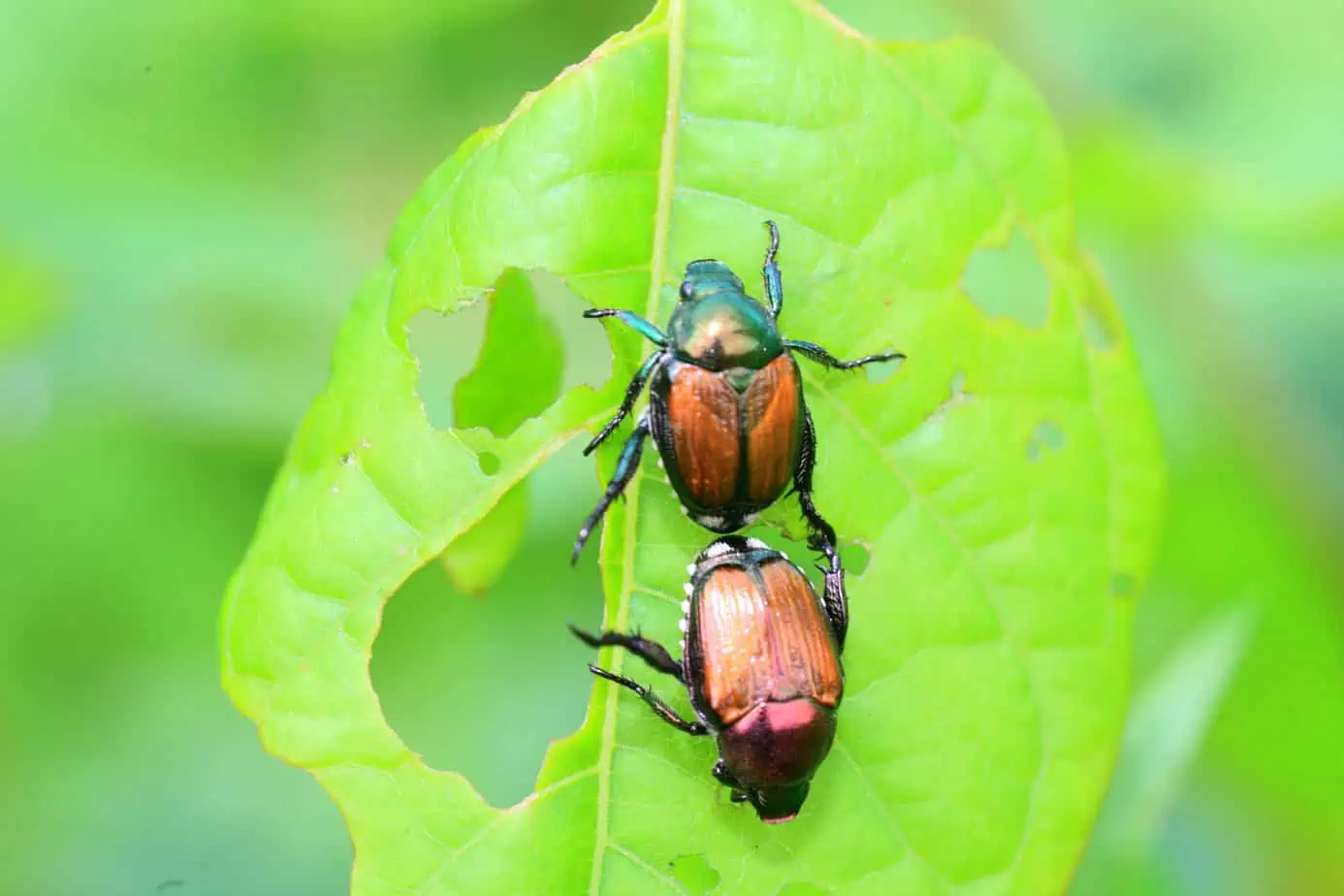Japanese beetle and tipula: invasive species cause problems
A small beetle is causing horror: We are talking about the Japanese beetle, which is classified by the EU as a so-called quarantine pest. For the average golfer, this means that the small beetle, no more than one centimeter in size, may be pretty to look at with its shiny metallic body, but experts view the Japanese beetle with great suspicion due to its own and the voraciousness of the larva. It is considered an invasive species in Europe, just like the marmorated stink bug, the Asian hornet, nutrias and the tiger mosquito, which could also transmit tropical diseases such as dengue fever in Europe in the future.
Problems for the grass roots
Invasive species, whether in Europe or on any other continent in the world, are a major problem for ecosystems and humans because they very often displace other species in their new habitat or cause damage there. Golf course operators are also feeling the effects of this. The grubs of the Japanese beetle, for example, can cause major damage on golf courses and sports turf because they eat the roots.
Subscribe to our newsletter!
News & trends about sustainability in golf
In September 2023, the World Biodiversity Council (IPBES) stated in its report that invasive species are generally also a global problem for species extinction. According to this, the spread of alien species has recently increased by leaps and bounds globally and will continue to do so. In total, researchers know of around 37,000 animal and plant species worldwide that have been transported to other regions by humans, for example through trade in goods or tourism. If fungi, plants, insects or animals find food and good living conditions in the new region, they develop splendidly and compete with native varieties. According to the World Biodiversity Council, 3500 species of all newly introduced species have become a problem in this way.
In addition, climate change is suddenly making regions worth living in due to warming, where certain species can now suddenly multiply. For example, one species of meadow snake, Toleracerea, which used to be more common in the south of Europe, is now also found further north, for example in Germany, where its larvae cause major damage on golf courses. This may be because the larvae feed on roots or because crows chop up the soil to get at the larvae. So it’s no wonder that the appearance of the Japanese beetle, first in Italy and Switzerland and then in Germany, has alarmed experts. After all, as with the Tipula larva, the pests are easy to recognize, difficult to control and cause economic damage to golf courses. Be it that golf holes have to be closed partially or expensive means of control, such as nematodes, have to be purchased.
Mosquito proliferation creates health problems
The tiger mosquito also benefits from climate change. Southern France and Italy have therefore long been regarded as potential European hotspots for zika, dengue and chikungunya. In Germany, too, mosquitoes now reproduce well in warm and wet summers.
For golfers, this means that mosquito protection is becoming increasingly important. Long pants and long-sleeved shirts, preferably with UV protection, are recommended. Light colors are flown to less frequently than dark colors. Insect repellents can help, but their effects vary greatly. Finally, golf course operators must inform their green fee guests and members about the risk of mosquitoes.
Whether tiger mosquito or Japanese beetle – the issue of invasive species is here to stay. Due to global travel and the worldwide transportation of control rooms, the resettlement of species has become easy. For golf courses, this means that in view of the increasing avoidance of insecticides, intensive control of potential pests is extremely important. The golfer himself will have to adjust to more mosquitoes. And the greenkeeper makes the acquaintance of completely new pests – such as the Japanese beetle.








